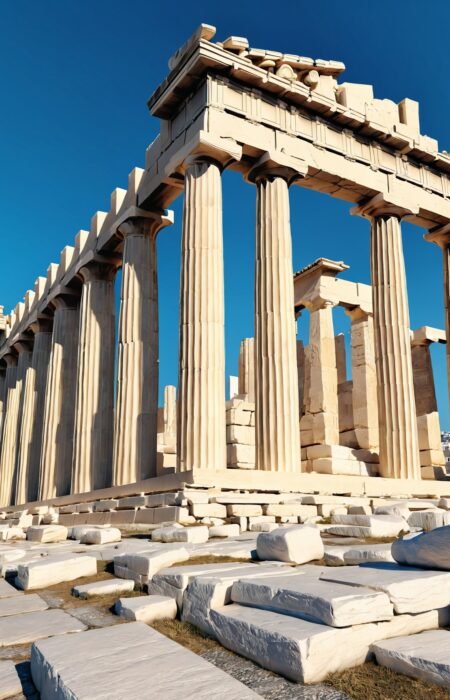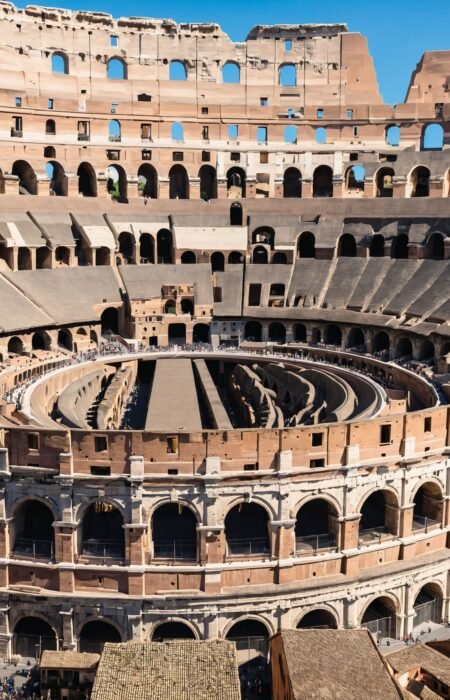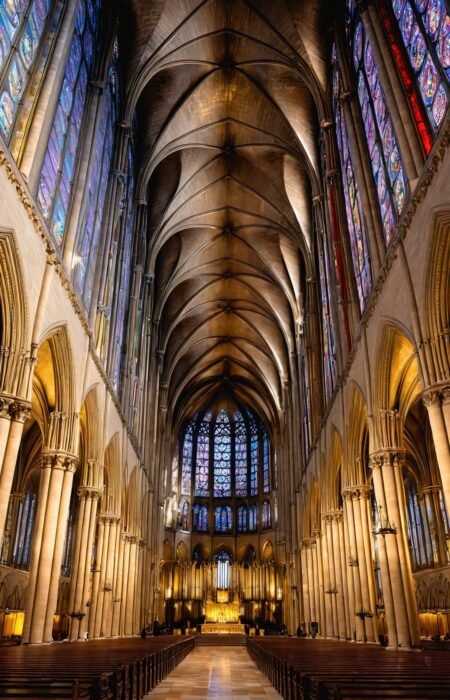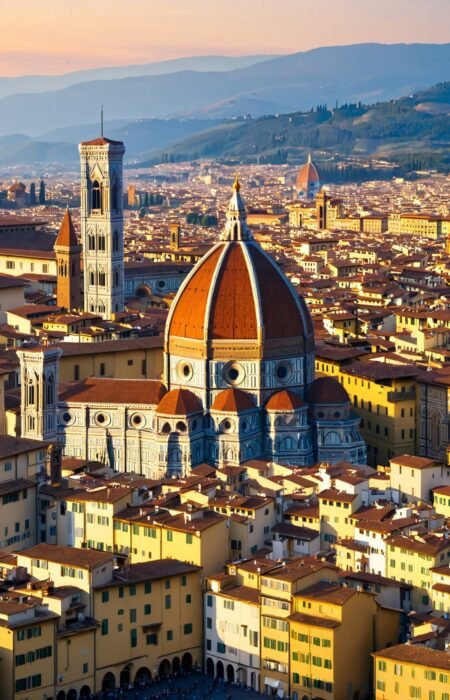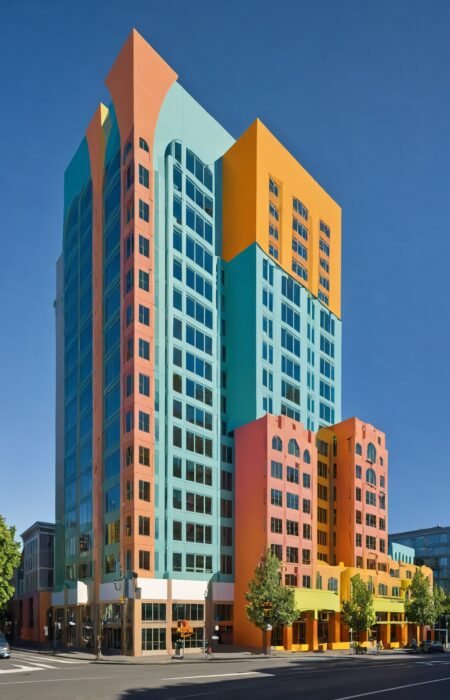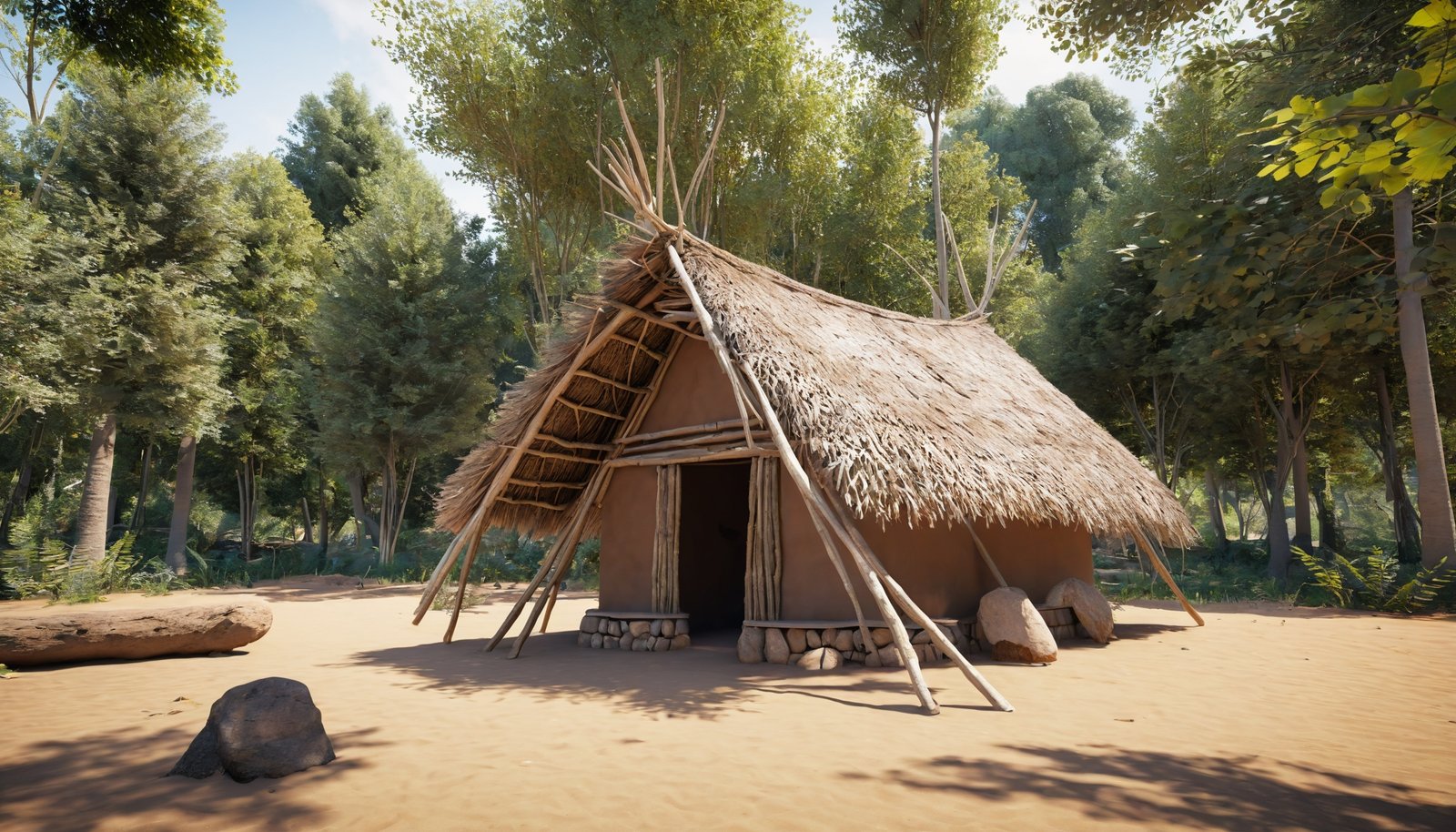Table of Contents
ToggleIntroduction
The history of architectural design is a rich tapestry woven with innovation, cultural influences, and technological advancements. From the monumental structures of ancient civilizations to the sleek, functional designs of the modern era, architecture has continuously evolved to reflect the needs, values, and aspirations of societies. This journey through time reveals how architectural practices have adapted and transformed, shaping the built environment we live in today. In this blog, we will explore the key milestones in the evolution of architectural design, highlighting the defining characteristics of each era and the enduring impact on contemporary architecture.
Ancient Architecture
Early Beginnings: Prehistoric Architecture
The earliest examples of architecture date back to prehistoric times, where structures were primarily built for shelter and protection. These rudimentary constructions, made from natural materials such as wood, stone, and mud, laid the foundation for future architectural developments. Notable examples include:
- Megalithic Structures: Stonehenge in England and the dolmens of Western Europe are iconic representations of prehistoric architecture. These structures were often used for ceremonial or astronomical purposes.
- Primitive Huts: Early humans constructed simple huts using branches, leaves, and animal skins. These structures were the precursors to more permanent dwellings.
Ancient Egypt: Monumental Architecture
Ancient Egyptian architecture is renowned for its grandeur and precision. The Egyptians developed advanced construction techniques and built monumental structures that have stood the test of time. Key features include:
- Pyramids: The Pyramids of Giza, particularly the Great Pyramid of Khufu, are marvels of engineering. These structures served as tombs for pharaohs and demonstrated the Egyptians' mastery of mathematics and astronomy.
- Temples: Temples such as Karnak and Luxor were designed to honor the gods. They featured massive columns, intricate carvings, and obelisks, showcasing the Egyptians' artistic and architectural prowess.
Ancient Greece: The Birth of Classical Architecture
Greek architecture introduced principles of order, proportion, and symmetry that continue to influence design today. The Greeks developed distinct architectural orders, each characterized by specific column styles and entablature details:
- Doric Order: Characterized by simple, sturdy columns with plain capitals. The Parthenon in Athens is a quintessential example.
- Ionic Order: Noted for its elegant, scroll-like capitals. The Temple of Athena Nike exemplifies this style.
- Corinthian Order: Distinguished by elaborate, acanthus leaf capitals. The Temple of Olympian Zeus features this ornate style.
Ancient Rome: Engineering and Innovation
Roman architecture built upon Greek principles, adding innovations in engineering and construction. The Romans are credited with developing:
- The Arch: The use of arches allowed for the construction of larger and more durable structures, such as aqueducts and bridges.
- Concrete: The invention of concrete enabled the creation of vast, complex buildings like the Pantheon, with its iconic domed roof.
- Urban Planning: Romans designed cities with a grid layout, featuring forums, amphitheaters, and public baths. The Colosseum is a prime example of Roman ingenuity and architectural achievement.
Medieval Architecture
Romanesque Architecture
Following the fall of the Roman Empire, Europe entered the medieval period, marked by the Romanesque style. This era saw the construction of robust, fortress-like buildings with:
- Thick Walls and Small Windows: These features provided stability and security. Examples include the Abbey of Saint-Étienne in Caen and Durham Cathedral.
- Rounded Arches: Inspired by Roman architecture, rounded arches were a defining characteristic of Romanesque churches and cathedrals.
- Barrel Vaults: Used to support the weight of stone ceilings, barrel vaults were a common feature in Romanesque architecture.
Gothic Architecture
The Gothic style emerged in the 12th century, characterized by its verticality and light-filled interiors. Key features include:
- Pointed Arches: These allowed for taller and more flexible structures, as seen in Notre-Dame Cathedral in Paris.
- Ribbed Vaults: Ribbed vaults provided support for higher ceilings and more intricate designs.
- Flying Buttresses: These external supports transferred the weight of the roof and walls, enabling the inclusion of large stained-glass windows. Chartres Cathedral is a notable example.
- Stained Glass Windows: Large, colorful windows depicted biblical stories and added to the ethereal quality of Gothic cathedrals.
Renaissance Architecture
Revival of Classical Principles
The Renaissance period marked a return to the classical principles of ancient Greece and Rome, emphasizing symmetry, proportion, and geometry. Architects of this era sought to create harmonious and aesthetically pleasing structures:
- Florence Cathedral: Designed by Filippo Brunelleschi, the cathedral's dome is a masterpiece of engineering and a symbol of the Renaissance.
- Palazzo Rucellai: Leon Battista Alberti's design exemplifies the use of classical orders and harmonious proportions.
- St. Peter's Basilica: Michelangelo's work on the basilica's dome remains one of the most iconic examples of Renaissance architecture.
Key Figures and Innovations
- Filippo Brunelleschi: Known for his development of linear perspective and his work on the dome of Florence Cathedral.
- Leon Battista Alberti: His treatise "De Re Aedificatoria" (On the Art of Building) laid the theoretical foundation for Renaissance architecture.
- Andrea Palladio: Palladio's villas, such as Villa Rotonda, exemplify the balance and symmetry characteristic of the Renaissance. His work influenced architecture well into the modern era.
Baroque and Rococo Architecture
Baroque Architecture
The Baroque period introduced dramatic, expressive, and ornate designs, reflecting the power and grandeur of the Catholic Church and European monarchies:
- St. Peter's Basilica (Facade and Colonnade): Gian Lorenzo Bernini's work on the basilica's facade and the colonnade in St. Peter's Square epitomizes Baroque architecture.
- Versailles Palace: Louis Le Vau and Jules Hardouin-Mansart's design for the Palace of Versailles showcases the opulence and grandeur of Baroque architecture.
- Dynamic Forms: Baroque architecture often featured dynamic shapes, curved forms, and elaborate decorations. The Church of San Carlo alle Quattro Fontane in Rome is a notable example.
Rococo Architecture
Emerging in the early 18th century, Rococo architecture was an extension of the Baroque style, characterized by its lightness, elegance, and intricate ornamentation:
- Asymmetry and Curved Lines: Rococo designs favored asymmetrical compositions and sinuous curves, creating a sense of movement and playfulness.
- Pastel Colors and Delicate Details: The use of soft colors, intricate stuccoes, and gilding gave Rococo interiors a delicate and luxurious feel. The Amalienburg in Munich is a prime example.
- Salon de la Princesse: Located in the Hôtel de Soubise in Paris, this room epitomizes Rococo design with its elaborate decorations and elegant proportions.
Modern Architecture
Industrial Revolution and Technological Advancements
The Industrial Revolution brought significant changes to architecture, introducing new materials and construction techniques:
- Iron and Steel: The use of iron and steel allowed for the creation of larger and more flexible structures. The Eiffel Tower, designed by Gustave Eiffel, is an iconic example.
- Glass: Advances in glass production led to the construction of buildings with extensive glazing, such as The Crystal Palace in London.
- Prefabrication: The development of prefabrication techniques enabled the mass production of building components, revolutionizing construction methods.
Modernist Movement
The 20th century saw the rise of modernism, a movement that rejected historical styles in favor of simplicity, functionality, and innovation:
- Bauhaus School: Founded by Walter Gropius, the Bauhaus school emphasized the integration of art, craft, and technology. Its influence is evident in the clean lines and functional design of modern architecture.
- Le Corbusier: A pioneer of modernist architecture, Le Corbusier's designs, such as Villa Savoye, exemplify the principles of modernism: open floor plans, minimal ornamentation, and the use of new materials.
- Ludwig Mies van der Rohe: Known for his "less is more" philosophy, Mies van der Rohe's work, including the Barcelona Pavilion and the Seagram Building, epitomizes the minimalist aesthetic of modernism.
Postmodernism and Contemporary Architecture
Postmodernism emerged as a reaction to the perceived austerity and rigidity of modernism, embracing eclecticism and playful design:
- Michael Graves: His Portland Building is a quintessential example of postmodern architecture, featuring bold colors, decorative elements, and historical references.
- Frank Gehry: Known for his deconstructivist approach, Gehry's designs, such as the Guggenheim Museum Bilbao, challenge traditional notions of form and structure.
- Sustainable Architecture: Contemporary architecture increasingly focuses on sustainability and environmental responsibility. Architects like Norman Foster and Bjarke Ingels incorporate green building practices and innovative technologies into their designs.
Conclusion
The evolution of architectural design is a testament to human ingenuity and creativity. From the ancient structures that still stand as monuments to past civilizations to the cutting-edge designs of today, architecture reflects our cultural, technological, and environmental aspirations. Understanding this rich history not only inspires contemporary architects but also provides valuable insights into the future of design. By embracing the lessons of the past and the innovations of the present, architects and builders can continue to create spaces that are both functional and beautiful, shaping the built environment for generations to come.


